The 1970s was a golden era for television, giving us iconic shows that still resonate today. While names like Fonzie and Mary Tyler Moore remain household staples, many incredible performers who lit up our wood-paneled living rooms have faded from public memory. These unsung heroes delivered performances that shaped television history but never quite received the lasting recognition they deserved. Let’s celebrate these talented individuals who brought joy to millions yet somehow slipped through the cracks of entertainment history.
1. Judy Norton-Taylor
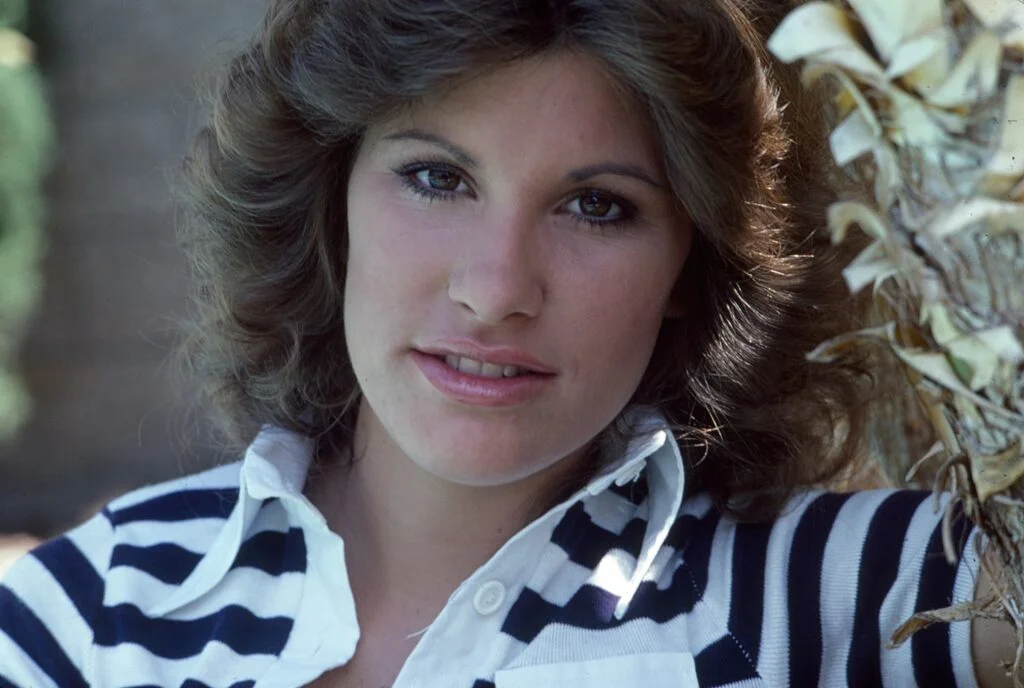
As Mary Ellen Walton on “The Waltons,” Judy Norton-Taylor portrayed one of television’s most complex young women, evolving from rebellious teenager to determined nurse and mother. Her nuanced performance captured the struggles of a rural woman coming of age during the Depression and World War II eras, addressing issues like women’s independence and career aspirations decades before such themes became commonplace. Norton-Taylor appeared in over 200 episodes across nine seasons, demonstrating remarkable range as her character experienced love, loss, marriage, and motherhood. TVInsider puts into perspective just how diverse her resume became.
Despite her consistent excellence throughout the series’ run, Norton-Taylor never received an Emmy nomination while multiple co-stars were recognized with awards. Following “The Waltons,” she struggled with typecasting, like many from family shows, and despite her considerable talent, never secured another long-running television role that matched her capabilities. Her contribution to creating one of television’s most relatable female characters deserves much greater appreciation from television historians.
2. Richard Mulligan
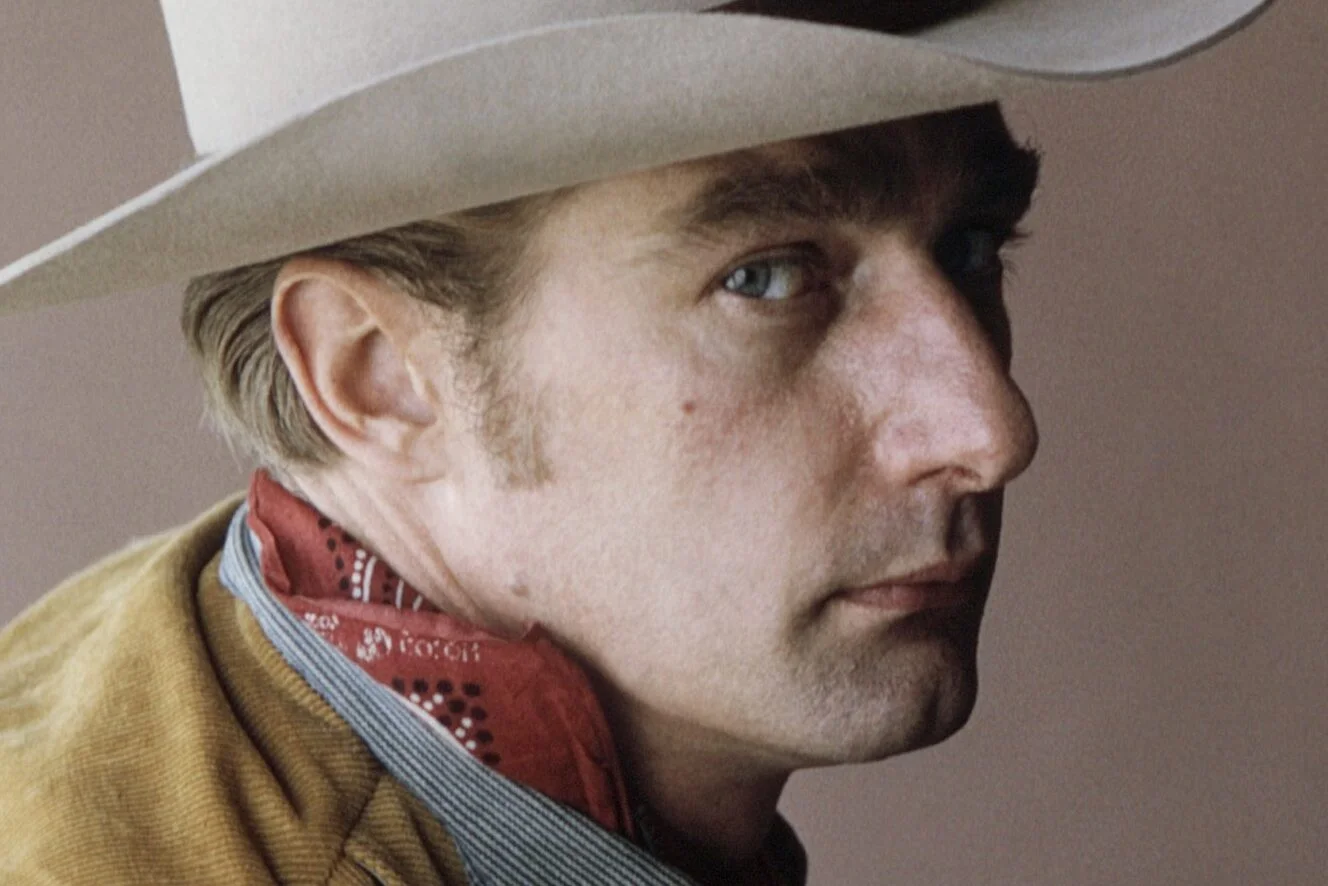
Before hitting mainstream success with “Empty Nest” in the late 1980s, Richard Mulligan delivered one of television’s most underappreciated comic performances as Burt Campbell in the controversial satire “Soap.” His portrayal of the working-class husband who believed he could become invisible by snapping his fingers and suffered periodic alien abductions required exceptional physical comedy and emotional vulnerability. Mulligan somehow made audiences empathize with an admittedly ridiculous character, finding humanity in absurdity through impeccable timing and subtle facial expressions. Los Angeles Times writes of all the many titles that fans could see Mulligan in.
Though he won an Emmy for the role in 1980, Mulligan’s work on “Soap” has been overshadowed by the show’s controversial reputation and the more widely syndicated “Empty Nest” performance. Critics who revisit the series today often note how Mulligan’s performance transcended mere slapstick, incorporating elements of genuine pathos that elevated the material beyond simple parody. Television comedy evolved significantly because of performances like Mulligan’s, which demonstrated how absurdist humor could coexist with emotional authenticity long before such blending became standard practice.
3. Denise Nicholas
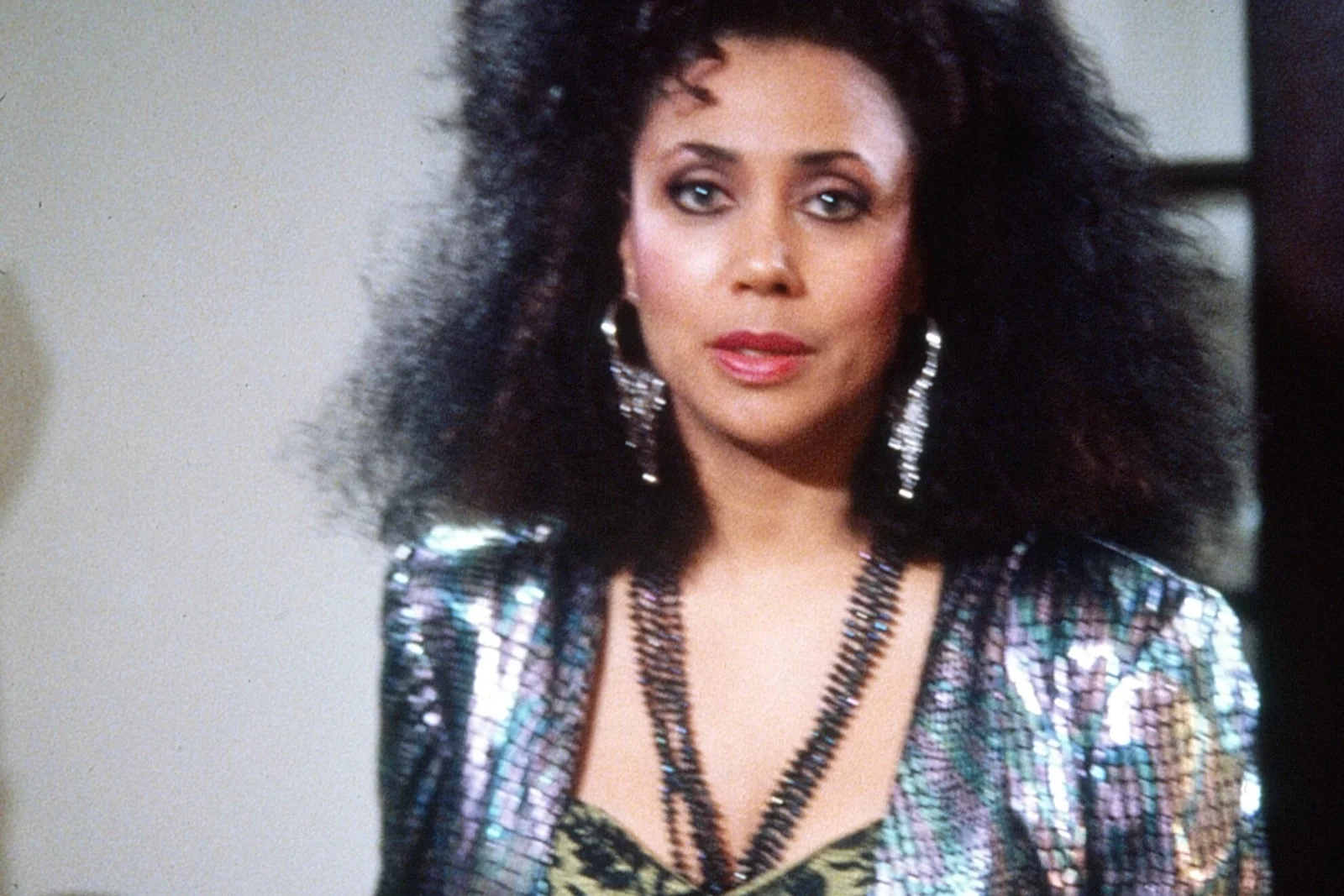
As high school guidance counselor Liz McIntyre on “Room 222,” Denise Nicholas portrayed one of television’s first complex African American professional women, balancing intelligence, compassion, and quiet activism. During the show’s five-year run, Nicholas infused her character with dignity and nuance at a time when Black women were rarely given multidimensional roles on network television. Her chemistry with Lloyd Haynes created one of TV’s most realistic and mature relationships, addressing racial issues without ever reducing their characters to mere symbols. Rotten Tomatoes makes it clear that as far as filmographies go, Denise forged an impressive, extensive one.
Despite her pioneering work, Nicholas never received Emmy recognition, and her contributions to diversifying television representation have been largely overlooked in favor of later performances by other actresses. After “Room 222,” Nicholas continued delivering strong performances on shows like “In the Heat of the Night,” consistently bringing depth and intelligence to her roles while breaking stereotypes. Her groundbreaking work helped pave the way for the complex Black female characters that would follow decades later.
4. Ron Glass
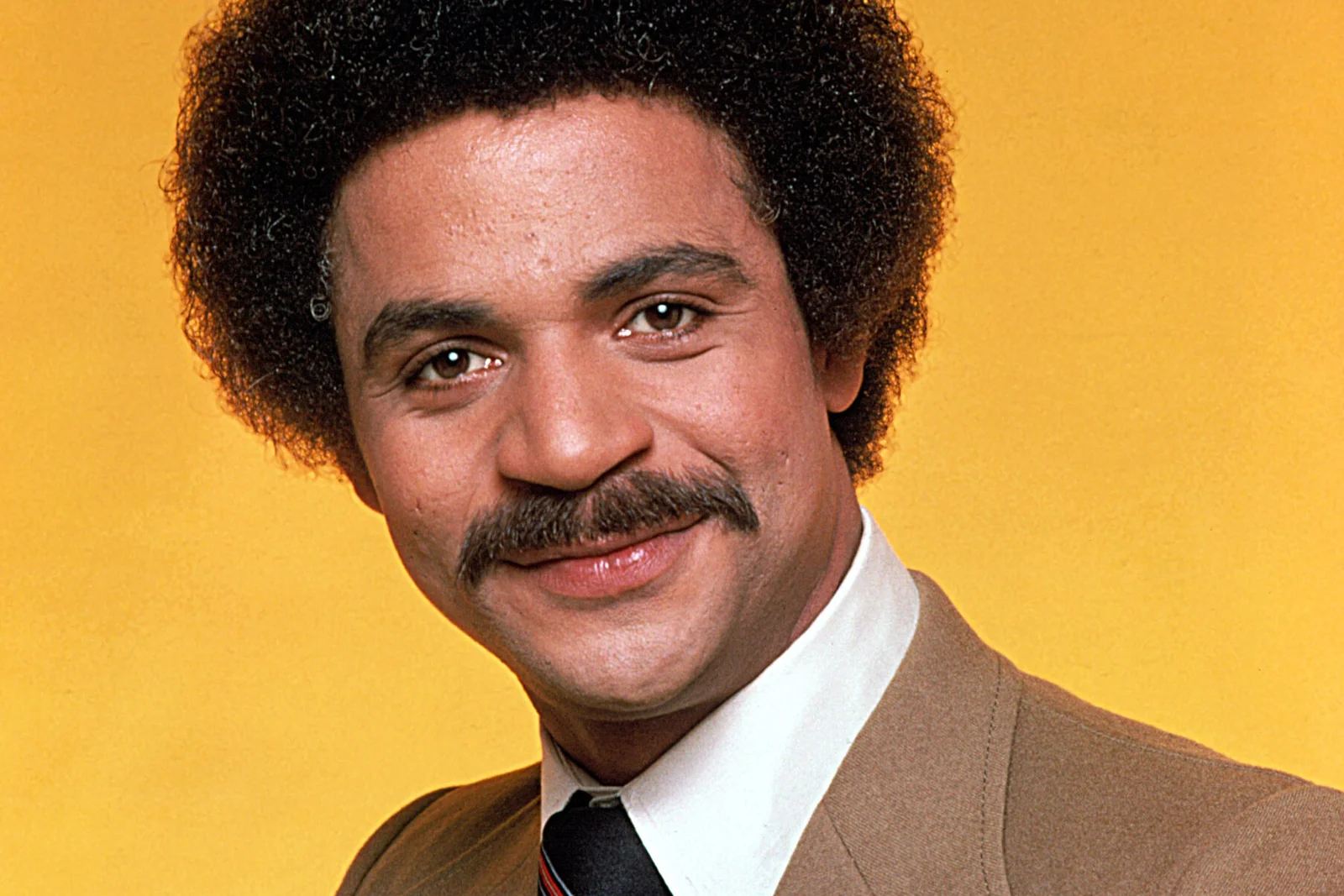
As the literary-minded, fashion-conscious Detective Ron Harris on “Barney Miller,” Ron Glass created one of television’s most distinctive and sophisticated Black characters at a time when representation was still severely limited. Glass brought remarkable subtlety to Harris, portraying an ambitious detective with artistic aspirations who often served as the intellectual counterpoint to his more world-weary colleagues. His impeccable comic timing and sophisticated delivery made him a standout even among the show’s exceptional ensemble cast.
Despite earning an Emmy nomination in 1982, Glass never achieved the fame of contemporaries like Sherman Hemsley or Jimmie Walker, and his nuanced performance has been unfairly overshadowed in television history. After “Barney Miller,” Glass continued working steadily, eventually gaining new fans as Shepherd Book in “Firefly,” but never secured another long-running role that fully utilized his considerable dramatic and comic talents. His portrayal of Harris as intelligent, ambitious, and culturally sophisticated helped quietly reshape Black representation on television.
5. Diana Hyland
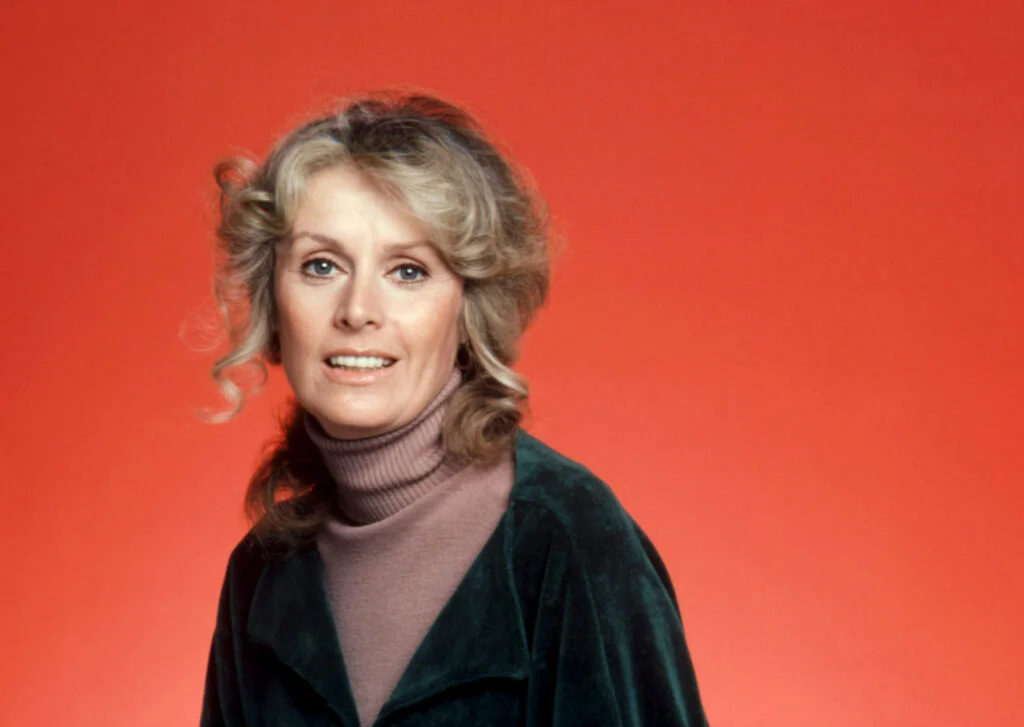
Despite her tragically short career, Diana Hyland made an indelible impression as Susan Winter in the groundbreaking but short-lived series “The Boy in the Plastic Bubble.” Her powerful performance as the mother of a son with severe combined immunodeficiency earned her a posthumous Emmy Award, demonstrating her exceptional ability to convey complex emotions within a challenging subject matter. Hyland also delivered memorable performances on shows like “Peyton Place” and “Young Dr. Kildare,” always bringing intelligence and emotional honesty to her characters.
Tragically, Hyland’s promising career was cut short when she died from breast cancer at just 41 years old, shortly after filming “The Boy in the Plastic Bubble” and just as she had been cast in the sitcom “Eight Is Enough.” Her relationship with John Travolta, who was her co-star in “The Boy in the Plastic Bubble,” has sometimes overshadowed discussions of her considerable talent and the significant impact she made during her brief television career. Television historians studying the era often remark that Hyland was poised for major stardom had her life not ended so prematurely.
6. Robert Reed
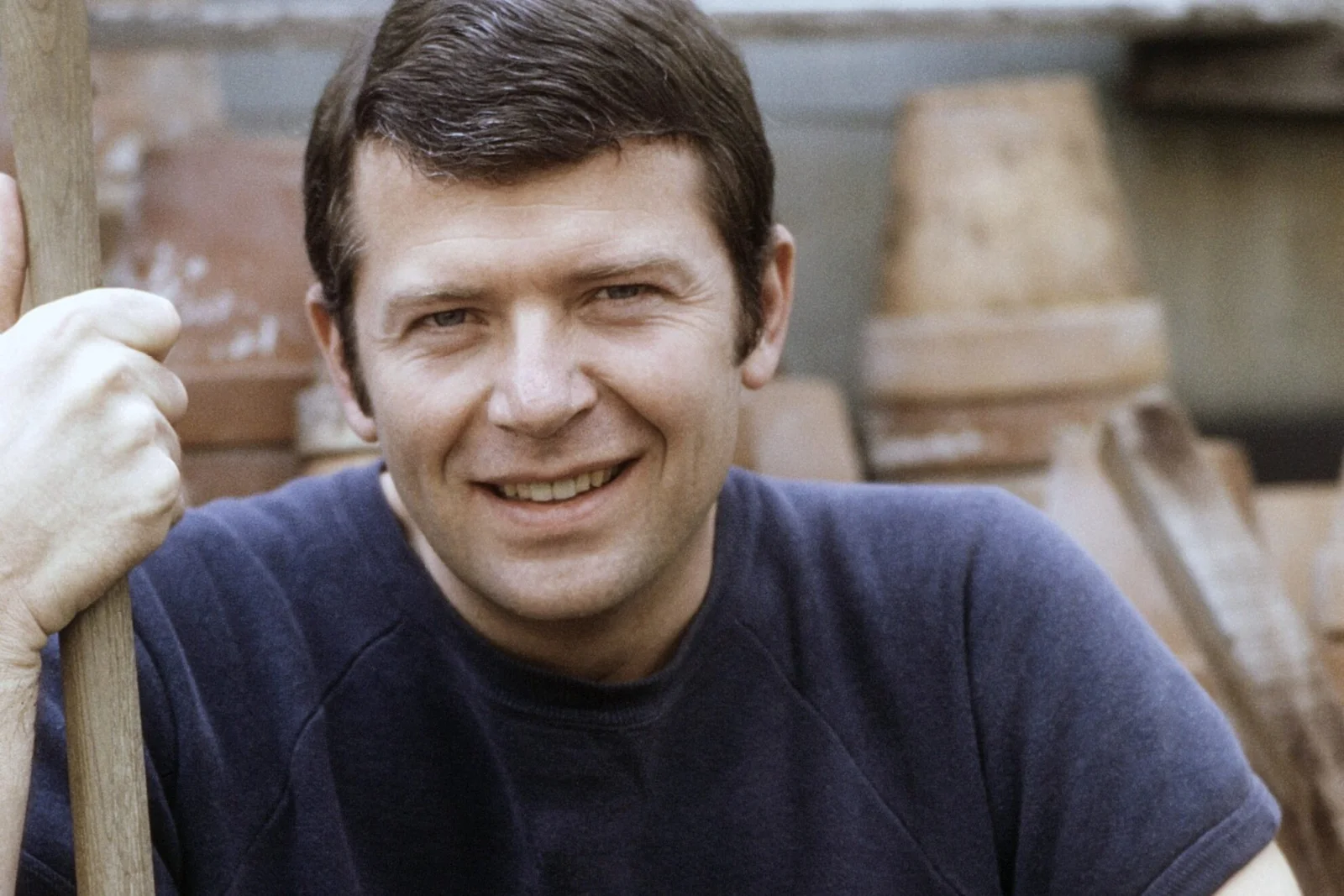
While remembered for playing Mike Brady on “The Brady Bunch,” Robert Reed’s considerable dramatic talents and classical training were largely wasted on a role that rarely challenged his substantial abilities. Before donning the Brady patriarch’s business suits, Reed had established himself as a serious Shakespearean actor and starred in the acclaimed legal drama “The Defenders” alongside E.G. Marshall. His theatrical background and dedication to his craft famously caused tensions on “The Brady Bunch” set, where he frequently objected to scripts he felt lacked logic or sophistication.
Reed’s complex relationship with his most famous role—privately disdaining its simplistic nature while maintaining professionalism on screen—reflects the artistic compromise many talented actors faced in television’s family programming. Despite his reservations about the material, Reed’s genuine warmth and conviction made Mike Brady a believable and beloved father figure to generations of viewers. Reed’s later Emmy-nominated performances in serious dramas like “Roots” and “Medical Center” better demonstrated his range and talent, suggesting the more distinguished career he might have enjoyed had he not been perpetually associated with the Brady universe.
7. Gail Fisher
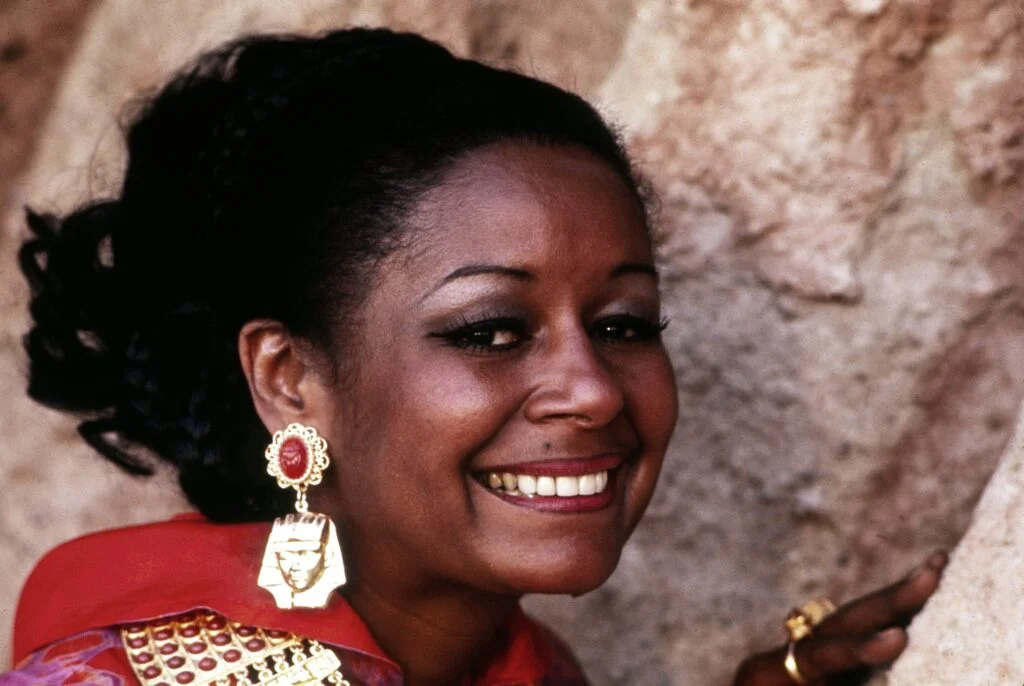
As secretary Peggy Fair on “Mannix,” Gail Fisher broke significant ground as one of the first Black actresses to have a sustained, prominent role on American television where her race wasn’t the character’s defining characteristic. Fisher infused Peggy with intelligence, warmth, and quiet dignity, creating a fully realized character who was essential to the show’s chemistry rather than mere tokenism. Her work earned her an Emmy Award and two Golden Globes, making her one of the first Black women to receive major television acting awards.
Despite these historic achievements, Fisher’s pioneering work has been largely overlooked in discussions of television history, and subsequent opportunities didn’t match her considerable talents. Following “Mannix,” Fisher struggled to find roles of similar substance, facing the limited opportunities available to Black actresses in the late 1970s and early 1980s. Her groundbreaking portrayal helped establish that audiences would embrace complex Black characters in primetime television, paving the way for the greater diversity that would gradually follow in subsequent decades.
8. Marcia Strassman
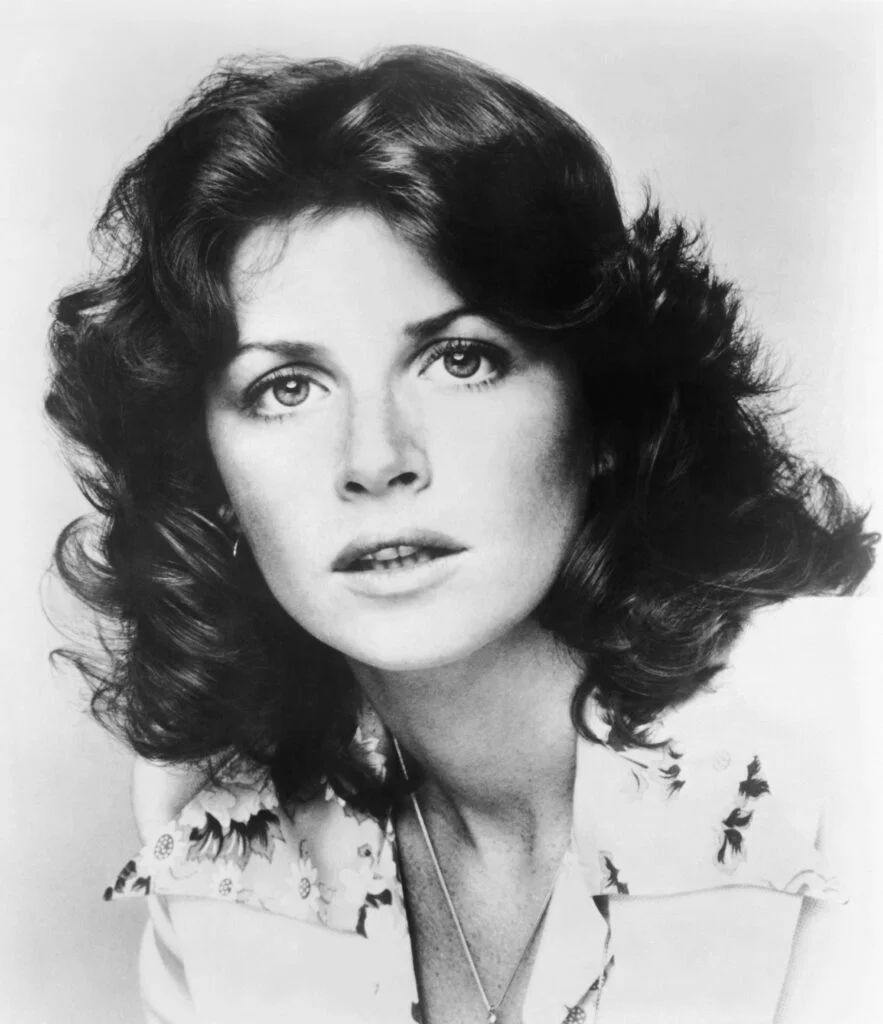
As Julie Kotter on “Welcome Back, Kotter,” Marcia Strassman created one of television’s most realistic depictions of a young teacher’s wife, bringing warmth and practical sensibility to a show otherwise dominated by broad comedy. Despite being positioned as the straight character among the show’s more flamboyant personalities, Strassman infused Julie with subtle humor and authentic reactions that anchored the series in emotional reality. Her chemistry with Gabe Kaplan provided the show with a believable central relationship that balanced the more outlandish Sweathog antics.
Consistently overlooked during the show’s run, Strassman received neither Emmy recognition nor the public attention given to John Travolta and the other Sweathogs. After “Kotter,” Strassman found her most prominent success in the “Honey, I Shrunk the Kids” film franchise, but never secured another television role that fully showcased her considerable talents. Comedy historians have noted that Strassman’s understated performance style—finding humor in honest reactions rather than punchlines—was ahead of its time and would become more valued in later decades of television comedy.
9. Greg Morris
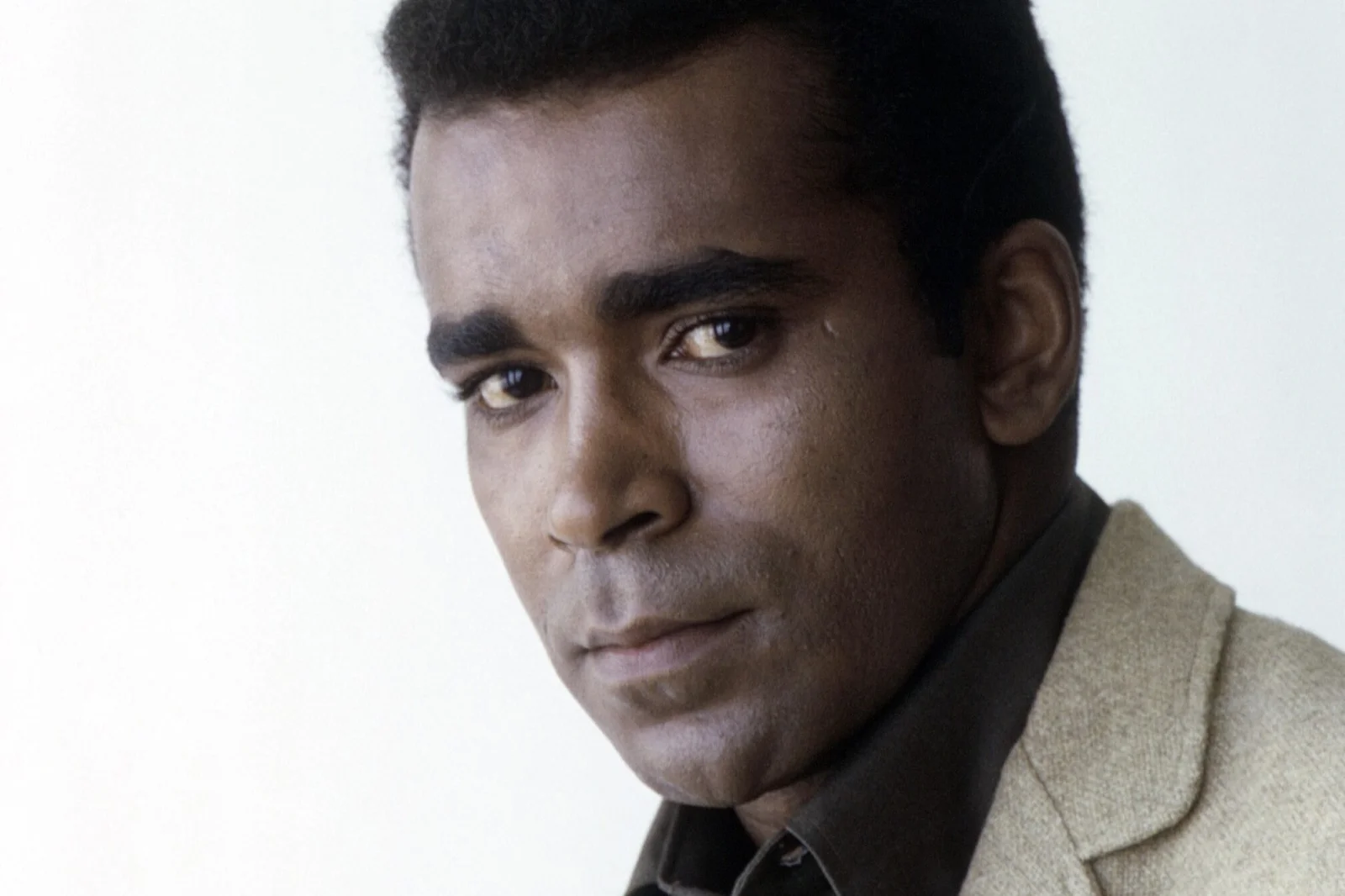
As electronics expert Barney Collier on “Mission: Impossible,” Greg Morris portrayed one of television’s first Black characters defined by his technical expertise rather than racial stereotypes. Throughout the show’s seven-year run, Morris brought quiet authority and intelligence to his role, creating a character whose specialized skills were essential to the team’s success in every mission. His steady, dignified presence helped normalize the image of Black professionals on television at a crucial time in American cultural history.
Despite appearing in nearly every episode of the series’ original run, Morris never received Emmy recognition and has been significantly overshadowed in public memory by Peter Graves and Martin Landau. Following “Mission: Impossible,” Morris worked steadily but never secured another role with similar cultural impact or longevity. Television historians have noted that Morris’s pioneering portrayal of a Black technical expert helped expand the limited range of roles available to African American actors, quietly challenging industry assumptions about what types of characters audiences would accept.
10. Diana Rigg
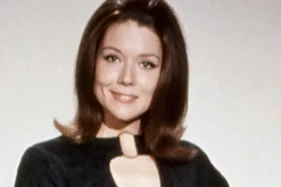
Though primarily remembered for her earlier role as Emma Peel in “The Avengers,” Diana Rigg’s 1970s work in the PBS anthology series “Masterpiece Theatre” displayed exceptional range that American audiences largely overlooked. Her portrayal of Lady Honoria Dedlock in “Bleak House” and other complex literary adaptations showcased her remarkable ability to convey repressed emotion and psychological depth. These performances demonstrated sophistication rarely seen in American television of the era, establishing new standards for literary adaptations.
Despite winning an Emmy for “Rebecca,” Rigg’s contributions to elevating television drama have been overshadowed by her iconic 1960s action role and later film work. Following her television successes, Rigg balanced prestigious stage work with selective screen appearances, bringing her considerable classical training to each role. Modern television’s embrace of complex female characters and literary adaptations owes much to Rigg’s pioneering work, which demonstrated that television could support performances of theatrical caliber and psychological complexity.
11. David Doyle
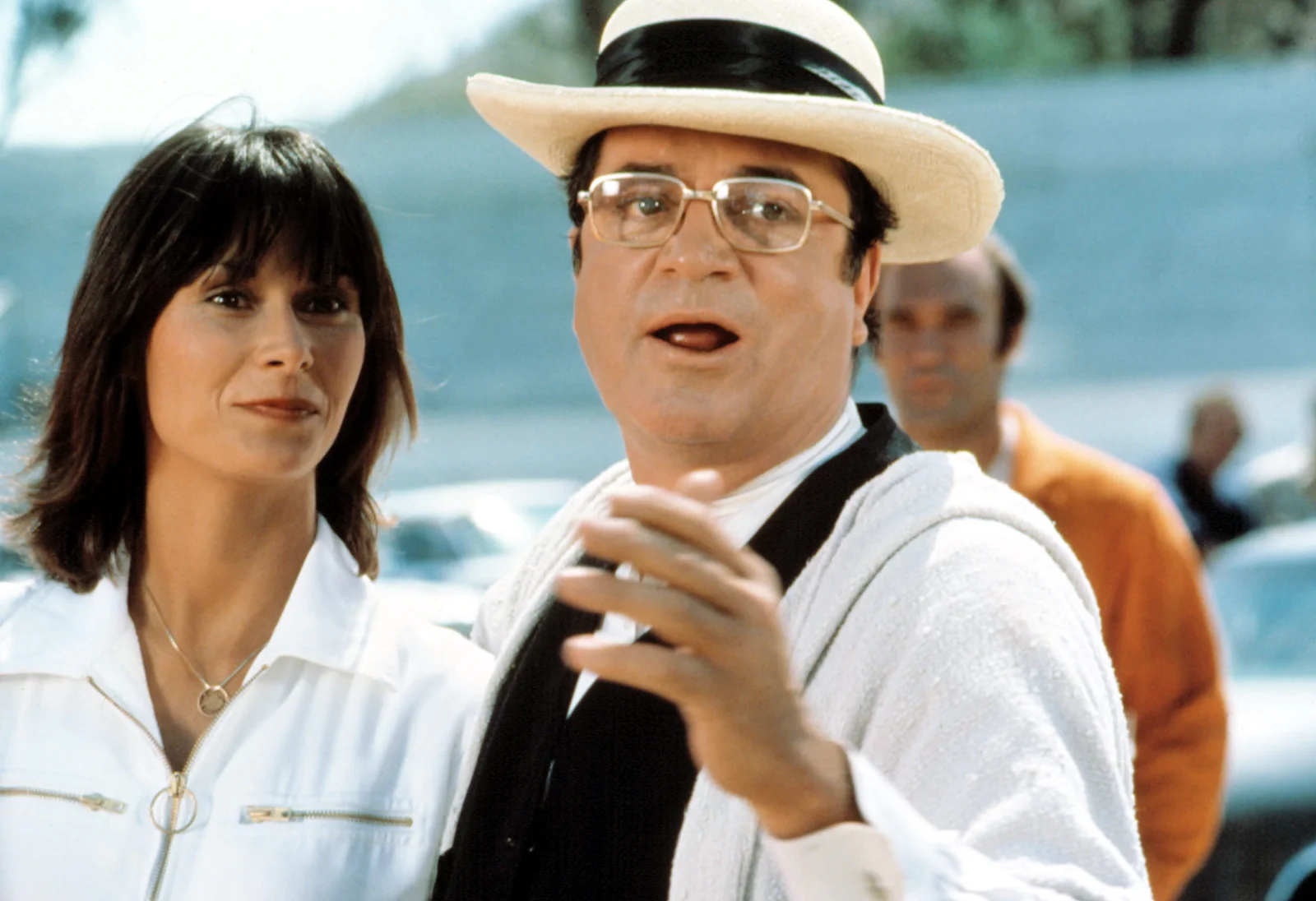
As steady, reliable John Bosley on “Charlie’s Angels,” David Doyle created a character whose warmth and paternal presence provided essential balance to a show otherwise focused on glamour and action. Doyle brought unexpected depth to what could have been a purely functional role, infusing Bosley with humor, occasional pathos, and authentic reaction that grounded the series’ more outlandish elements. His chemistry with the constantly changing lineup of Angels demonstrated remarkable versatility, as he adjusted his performance to complement each new cast configuration while maintaining character consistency.
Despite appearing in nearly every episode across five seasons, Doyle received no major award nominations and has been largely forgotten in discussions of the series, which typically focus on Farrah Fawcett and the other actresses. After “Charlie’s Angels,” Doyle worked steadily in television but never secured another signature role, though he found success as a voice actor in later years. Television historians have noted that Doyle’s contribution to the show’s success was his ability to make the fantastic seem plausible through his reactions, a subtle skill rarely recognized in action-oriented programming.
12. Linda Kelsey
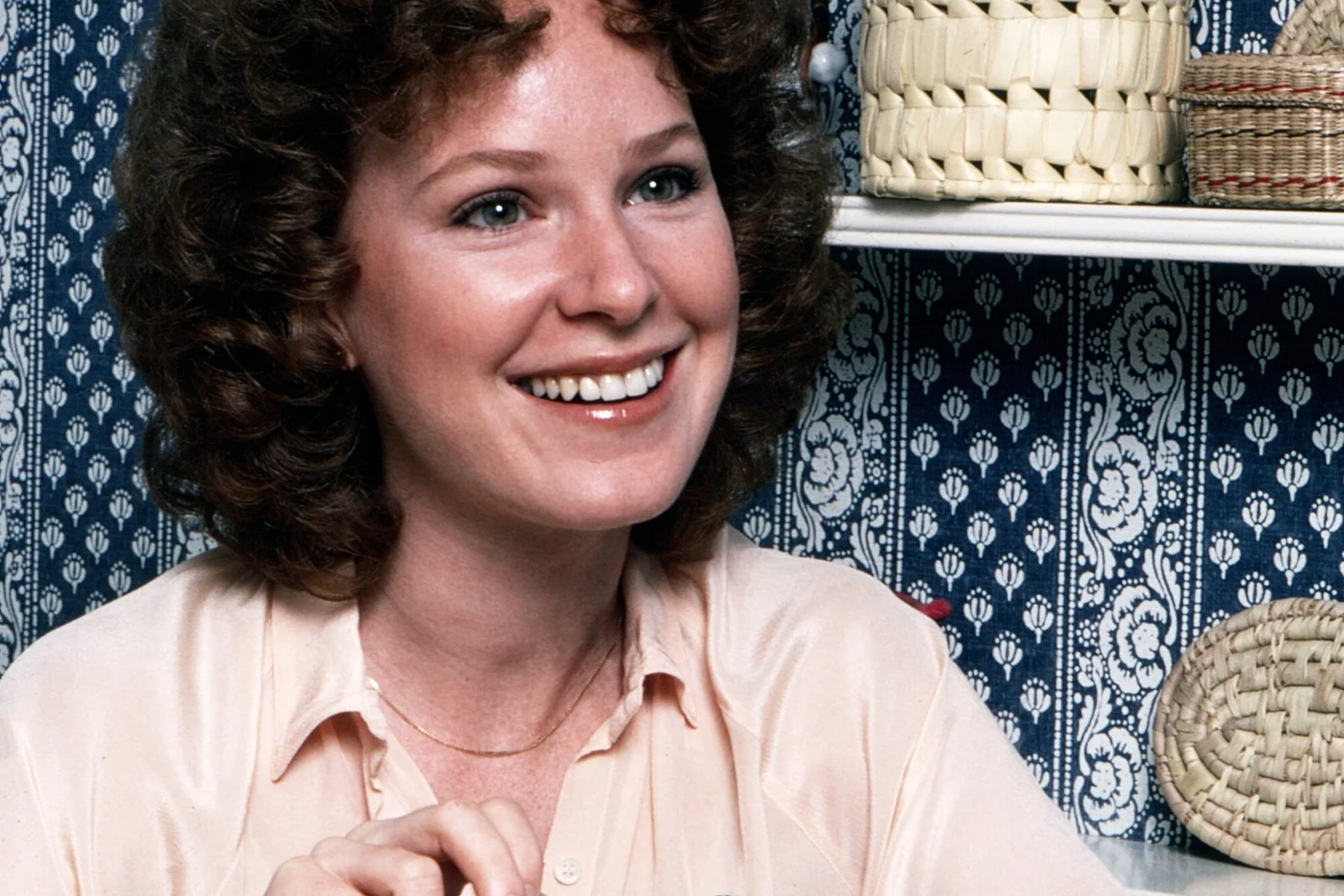
As reporter Billie Newman on “Lou Grant,” Linda Kelsey portrayed one of television’s most realistic working women, showing the challenges faced by female journalists fighting for respect in a male-dominated newsroom. Kelsey’s nuanced performance avoided both stereotypical feminism and traditional female character tropes, instead creating a complex professional woman navigating genuine workplace issues. Her character’s growth from inexperienced beginner to confident journalist provided one of television’s most authentic portrayals of female career development.
Despite receiving five consecutive Emmy nominations without winning, Kelsey’s pioneering work has been overshadowed by both Ed Asner’s central performance and other female characters of the era who fit more obvious feminist archetypes. Following “Lou Grant,” Kelsey struggled to find roles of similar substance, occasionally appearing in guest spots but never securing another long-running character that utilized her considerable talents. Her portrayal helped establish the template for realistic working women characters that would become more common in later decades, bridging the gap between the more symbolic feminism of “Mary Tyler Moore” and the complex workplace dynamics of later shows.
13. Roger E. Mosley
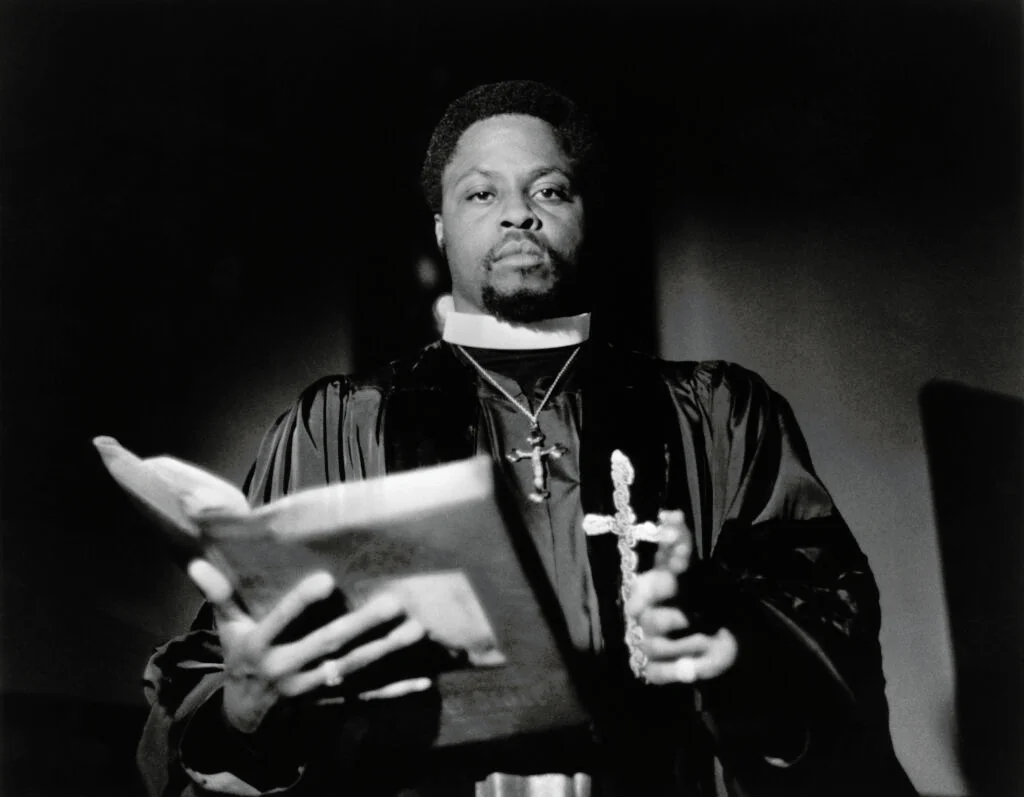
As helicopter pilot T.C. Calvin on “Magnum, P.I.,” Roger E. Mosley created one of television’s most positive portrayals of Black entrepreneurship, showing a Vietnam veteran who had built a successful tour business through hard work and determination. Mosley brought warmth, dignity, and occasional righteous anger to the role, creating a character whose friendship with Magnum transcended racial differences while never ignoring the realities of race in America. His portrayal demonstrated rare physical presence combined with emotional nuance, making T.C. far more than the sidekick role he could have been.
Despite appearing throughout the series’ eight-year run, Mosley never received Emmy recognition and has been overshadowed in cultural memory by Tom Selleck’s iconic performance. Following “Magnum,” Mosley appeared in various television roles but never secured another part that fully utilized his combination of imposing physical presence and subtle emotional range. Television historians have noted that Mosley’s portrayal helped expand Black representation beyond urban settings, showing a veteran who had created his own success in Hawaii through entrepreneurship rather than through more stereotypical avenues.
The 1970s gave us television performers who pioneered new types of characters, broke barriers, and elevated the medium through their talent and dedication. While some achieved lasting fame, many others—like these thirteen remarkable actors—delivered work that deserves far greater recognition than it has received. Their performances not only entertained millions but also helped shape television’s evolution, expanding the types of stories that could be told and the diversity of characters who could tell them. By remembering these overlooked talents, we gain a fuller appreciation of television history and the many shoulders upon which today’s performers stand.


